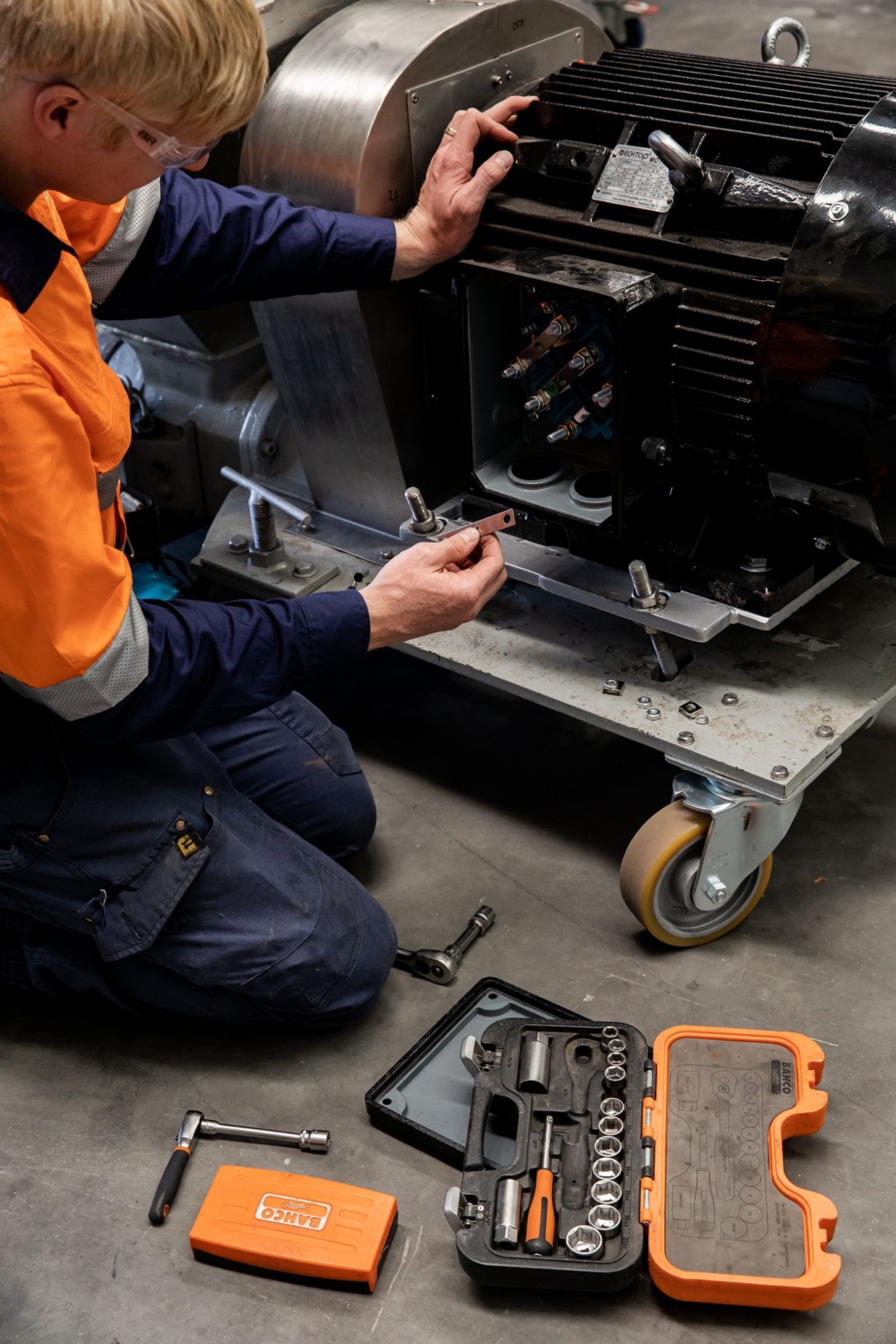Electrical preventive maintenance refers to regular maintenance work done on electrical assets at set intervals to repair signs of wear before they lead to breakdowns.
Preventive maintenance is a popular system that many businesses, companies, and organizations use to schedule maintenance tasks that help assets, machinery, electrical panels, and other equipment stay in good, working condition. Preventive maintenance tasks are usually scheduled-based on time or equipment usage.
Performing preventive maintenance prolongs the life of your assets and equipment, reduces downtime, decreases reactive maintenance calls, helps you manage compliance, and prevents costly emergency repairs from occurring.
The failure rate of electrical equipment is three times higher for components that are not part of a scheduled preventive maintenance program as compared with those that are. In addition, a planned electrical preventive maintenance program allows the equipment owner to schedule the system outage at a time of their choosing rather than having to correct major problems resulting from an always untimely failure.
Electrical preventive maintenance offers a variety of benefits:
- Less equipment downtime
- Fewer interruptions to critical operations
- Longer asset life
- Improved efficiency
- Increased workplace safety and improved compliance with OSHA
Switchboard Preventive Maintenance
Enclosure
Ensure that all enclosure panels, doors, and structures are well-maintained in accordance with the manufacturer’s specifications. During de-energized maintenance, enclosures are to be vacuum cleaned of all loose dirt and debris. Any build-up of dirt or other contaminants that will not come off with vacuuming should be cleaned with lint-free rags using cleaning solvents recommended by the manufacturer.
All vents and fan grills are to be cleaned of all dust and/or dirt accumulations. Ensure that ventilation openings are not obstructed. Where seals and/or gaskets are installed, these should be examined and repaired or replaced as necessary. All doors and access panels should be properly secured during operation. Where heater elements are installed, these should be cleaned, examined for damage and/or deterioration, and tested. Repair or replace heater elements as necessary.
Electrical equipment rooms should be kept clean of dirt and dust accumulation on a regular basis. Doors and windows should be maintained in proper working order and kept closed during routine operations. Access doors should be clearly marked to alert personnel that live electrical equipment is in use. Where ventilation or air conditioning is used, all fan motors should be cleaned and examined for signs of wear deterioration. Fan blades should be cleaned of dirt and dust and bearings should be properly lubricated. Vent openings should be cleaned of all dust and dirt accumulation. Filters should be cleaned or changed as recommended by the manufacturer, or more often if conditions warrant. Electrical equipment rooms should never be used as storage areas.
Conductors
Examine insulation for signs of deterioration, cracking, flaking, or overheating. Examine all connections for signs of overheating, cracked or broken connectors, and signs of tracking or arcing. Ensure that conductors are clean and dry. Examine and clean all connections, and torque to manufacturer’s recommendations.
Bus System
Bus duct joint covers should be removed to allow access for a thermographic survey of the energized bus under load. After de-energizing, connections should be checked for proper tightness as well as evidence of overheating, corrosion, arcing, or other forms of deterioration. All loose or dirty connections should be cleaned and properly torqued. The tops of the bus duct enclosure should be inspected for evidence of water or other foreign matter that may contaminate the bus duct.
Control Panel Preventive Maintenance
Visual and Mechanical Inspection
Inspect relays for physical damage and deterioration. Inspect gaskets and covers for damage and/or excessive wear, and repair or replace as necessary. Examine and clean the relay and enclosure of foreign materials, such as dust, dirt, and moisture contamination. Examine the condition of the spiral spring, disc clearances, contacts, and case shorting contacts (if present). Check mechanism for freedom of movement, proper travel and alignment, and tightness of mounting hardware and plugs.
Insulation, Supports and Connectors
Inspect insulators and conductor supports for signs of cracking, broken pieces, and other physical damage or deterioration. Clean all loose dirt with lint-free rags. For contaminates that will not remove easily, solvents approved by the manufacturer may be used. Examine for evidence of moisture that may lead to tracking or flashover while in operation. Examine surrounding areas for signs of tracking, arcing, or overheating. Repair or replace damaged insulators and supports as necessary. Examine all bolts and connecting devices for signs of deterioration, corrosion, or overheating. Ensure that bolts and connecting devices are tight, according to manufacturer’s specifications.
Electric Motor Preventive Maintenance
Visual Inspection
A visual inspection should look for:
• Evidence of damage caused by dirt, loose parts, or foreign objects
• Verification that air inlets are not blocked
• Evidence of moisture and/or dirt build-up
• Unusual noises, leaking oil seals, or high vibration
• Oil level gauges (if present) should be checked
• Evidence of degradation of foundation, bed plates, and anchor bolts
• Evidence of leaking oil and water piping and connections
Insulation resistance (IR)
Perform IR check between motor windings, and between the windings and ground. This determines condition of the motor winding insulation.
Running Current
Record and trend all three phase currents and verify the currents are balanced and do not exceed nameplate rating. Each phase should be within +/- 5% of the average of all three phases.
Thermal Imaging (Infrared inspection)
An infrared, or thermographic inspection should be performed at least once every year on all switchgear, distribution panels, cable and bus connections, motor control centers, and other critical equipment.
Thermal imaging is a non-invasive, low-cost diagnostic technique that allows us to visually inspect and quantify changes in the surface temperature of electrical equipment. It is an effective method of protecting your business’s assets and giving you peace of mind. Thermal Imaging is an essential part of every commercial and industrial business’s preventative maintenance plan.
Abnormal heating associated with high resistance or excessive current flow is the main cause of many problems in electrical systems. When current flows through an electric circuit, part of the electrical energy is converted into heat energy. But if there is an abnormally high resistance in the circuit or abnormally high current flow, high heat is generated which can be potentially damaging.
Unidentified hazards and equipment faults can lead to equipment failure, loss in electricity supply or electrical fire. Insurance companies often recommend that Thermal Imaging is undertaken on an annual basis, and often offer lower premiums to businesses who schedule regular Thermal Imaging tests.
Industrial Electrical Preventive Maintenance Gold Coast
Industrial Power and Automation provides an extensive range of electrical preventive maintenance services for our clients. We can schedule maintenance services based on your budget, needs and compliance requirements. Our management software can log your assets and keep a detailed record of their service history, as well as send reminders when the next inspection is due, leaving you to focus on what’s important.
You can contact us today, and rest assured that you will get the best electrical services no matter your industry.









